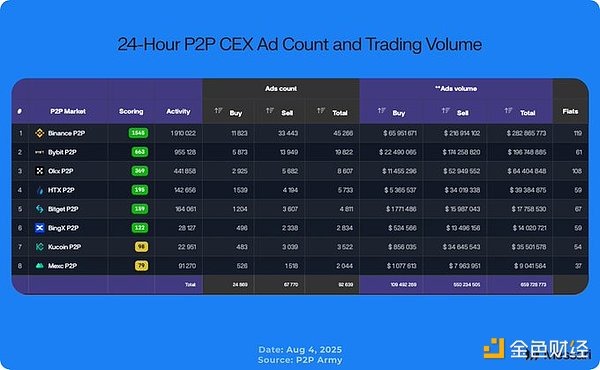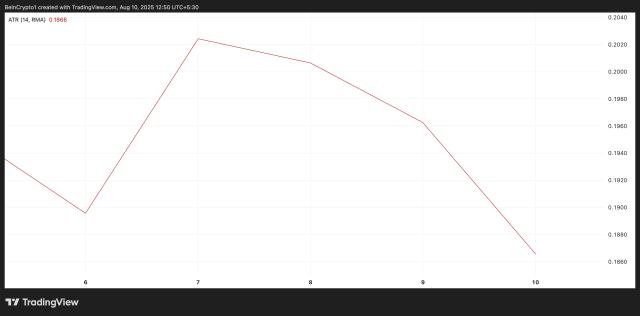Author: Khurshed Murtazaqulov, Messari Intern Analyst; Translated by: Jinse Finance xiaozou
Recently, I wrote a Messari professional report, and I will summarize its key points in this article.
Stablecoins are rapidly expanding in emerging markets.
What is the most overlooked phenomenon in public view? It should be arbitrage trading. Now, let's look at the importance of arbitrage trading and why it is not a bad thing for emerging markets.
 Initially, cryptocurrency trading was conducted in a peer-to-peer (P2P) form through forums like Bitcointalk or LocalBitcoins. Today, P2P markets of Binance and Bybit have replaced these platforms, while fintech companies continue to enter emerging markets.
Initially, cryptocurrency trading was conducted in a peer-to-peer (P2P) form through forums like Bitcointalk or LocalBitcoins. Today, P2P markets of Binance and Bybit have replaced these platforms, while fintech companies continue to enter emerging markets.
In many emerging economies, P2P markets of centralized exchanges (CEX) have become the main channel for fiat currency deposits and withdrawals.
 The P2P exchange mechanism in emerging markets allows users to exchange USDT for more local currencies, which naturally creates demand for remittance and arbitrage traders.
The P2P exchange mechanism in emerging markets allows users to exchange USDT for more local currencies, which naturally creates demand for remittance and arbitrage traders.
The price difference exists because: centralized exchanges (CEX) exchange rates are determined by the market, not controlled by the government, and are basically unregulated.
For example, Russian freelancers can currently obtain 7% more rubles through Bybit's P2P market compared to banks. Faster and lower-cost remittance methods create natural demand and can provide better exchange rates.
P2P markets of centralized exchanges play a crucial role in stablecoin and fiat currency exchange. Binance leads the P2P markets with 119 fiat currency trading pairs. In the past 24 hours alone, the total trading volume of the three exchanges (Binance, Bybit, and OKX) has exceeded $500 million.








